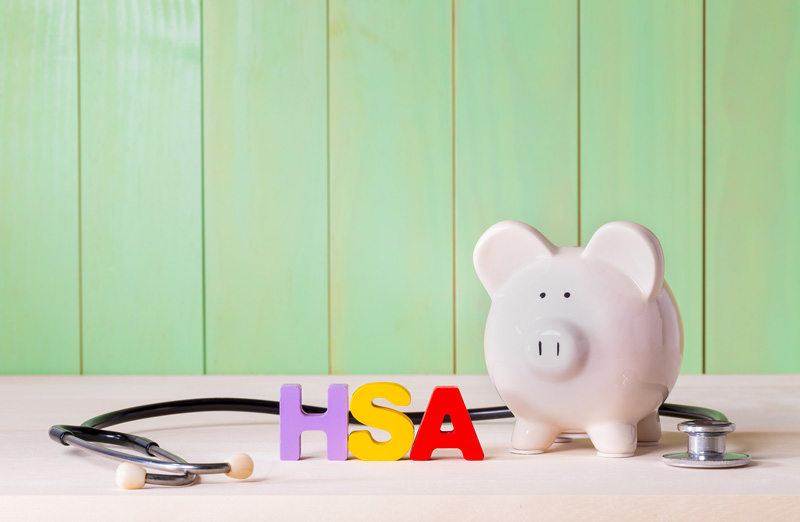Media Contact: Kathy Fackelmann, [email protected], 202-994-8354
WASHINGTON, DC (September 8, 2015)—The number of U.S. households with a health savings account (HSA) jumped tenfold from 2005 to 2012—reaching 6.52 million, according to a study published in the September issue of Health Affairs. HSAs were created so that people enrolled in high-deductible health plans could save and pay for medical care tax-free. In the study, Lorens Helmchen, PhD, an Associate Professor of Health Policy and Management at the Milken Institute School of Public Health at the George Washington University and co-authors from the U.S. Department of the Treasury and the University of Illinois at Chicago, used tax records to estimate the growth in HSAs. Their data show that in recent years the number of tax filers owning HSAs has been growing by about one million per year.
In an HSA, funds roll over from year to year and they are owned by the individual, which makes them different from company-owned Health Reimbursement Arrangements. The authors studied the patterns of HSA growth and found that in 2005 less than one percent of companies recorded HSA use among their employees—growing to 3.77 percent by 2012. Among the largest companies in the U.S. the HSA take-up rate rose to nearly 25 percent in 2012.
High-income and older households were at least four times more likely to establish HSAs and fully fund them, the researchers discovered. Helmchen says the growing use of HSAs may make it more likely that consumers will shop around for health care and consider the cost of care when making decisions. HSAs could lower the cost of healthcare as patients begin to comparison-shop and start to negotiate directly with providers.
The study, “Health Savings Accounts: Growth Concentrated Among High-Income Households and Large Employers,” was published online September 8 in the journal Health Affairs.


